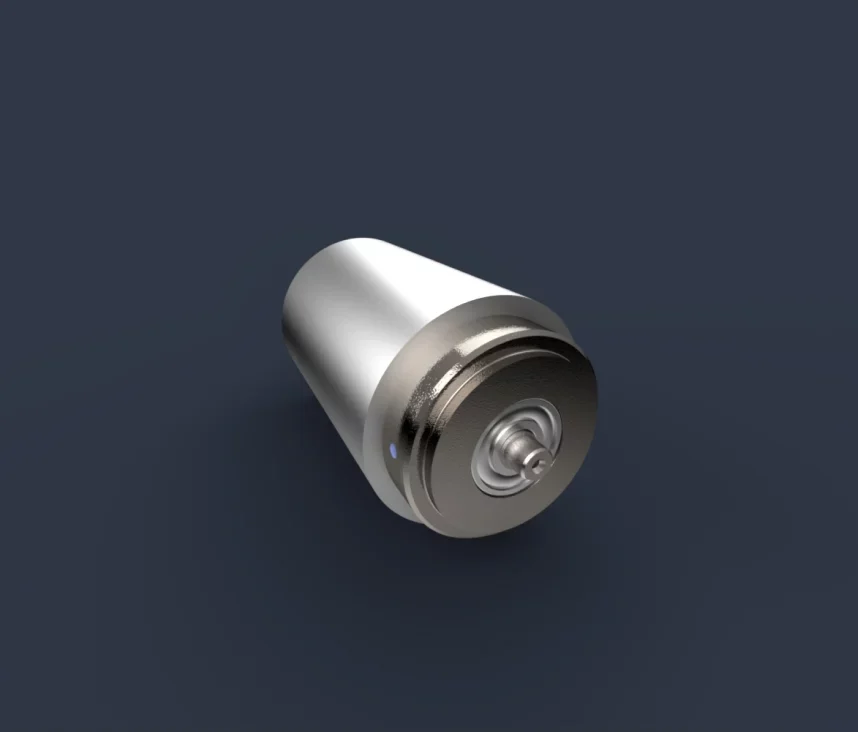Application
The motor is mounted to a planetary gearbox within a borehole seismic tool. This tool is deployed in oil wells, where it endures temperatures up to 200°C. The motor actuates locking arms via a ball screw mechanism, which engages the borehole’s sides to secure the seismic receiver tool.
Duty Cycle Operations
- Opening Cycle:
- 20 seconds at ~50mA
- 2 seconds ramp up to 160mA
- Stationary for 5 minutes
- Closing Cycle:
- 1 second ramp down to ~50mA
- 20 seconds at ~50mA
- 1 second ramp up to 100mA
- Stationary for 3 minutes
Required Life
- Operational Life: 200 hours at 200°C
- Static Life: 1000 hours at 200°C
Environmental and Mechanical Stress Considerations
The motor is designed to withstand harsh downhole conditions, including:
- Temperature Range: -30°C to 200°C
- Acceleration: 30g half sine shocks for 11ms in any axis
- Vibration:
- 5-25Hz: +/- 2mm displacement
- 25-1000Hz: 5g acceleration
Materials and Maintenance
The front face of the motor unit, interfacing with the gearbox, is constructed from 416S21 corrosion-resistant steel. Connectors must adhere to 200°C specifications. The motor is designed for customer reparability, allowing the exchange of components like armatures, brushes, and brush blocks, facilitating maintenance and reducing downtime.
Compliance and Safety
The design minimizes hazardous substances to ensure health and safety. The supplier is responsible for highlighting any potential hazards associated with the equipment’s operation and maintenance.
